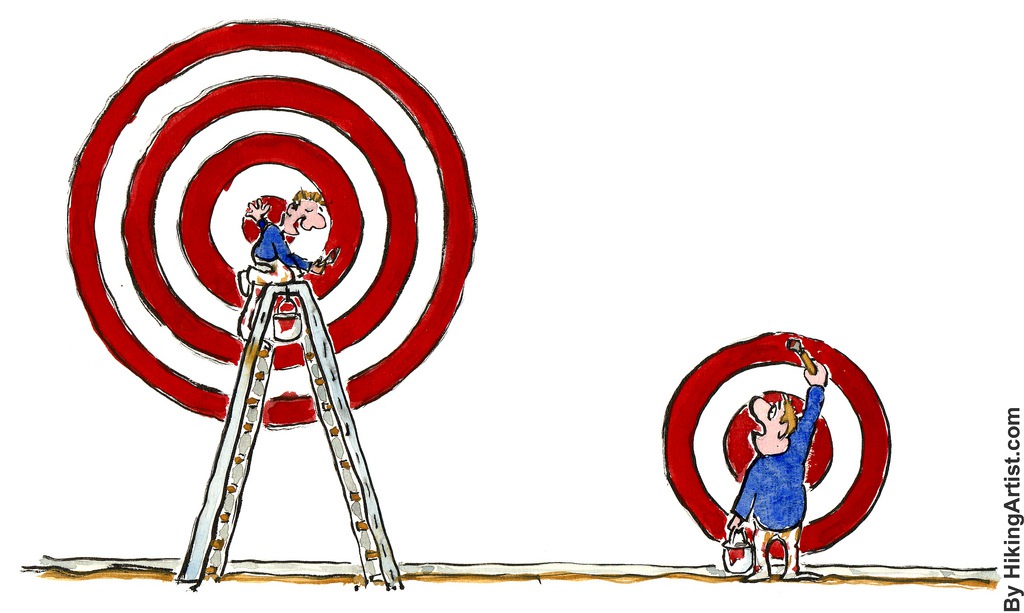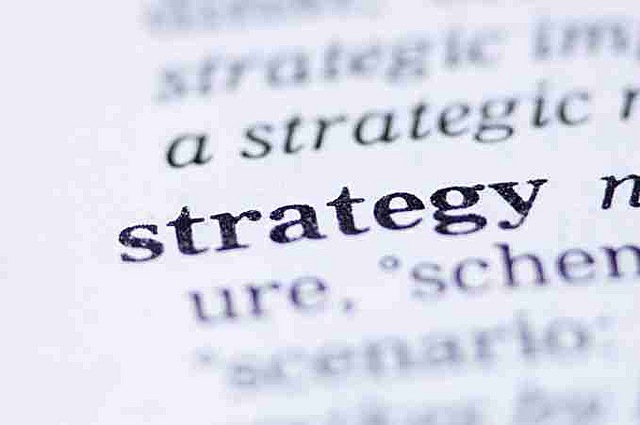In it’s essence, content strategy has existed on the internet since its infancy. At that time, most people just ignored the topic because it wasn’t of interest. Content strategy became a hot topic recently and is considered one of the most prolific SEO practices today. Before, SEO was all about creating tactics to spur your ranking in Google. And people tasked with this challenge were quite inventive with their techniques.
Content strategies were often avoided because of a misconception regarding the word “strategy”, and the differences between “strategy” and “tactic”. By definition, there are a couple of aspects that set them apart. Strategies paint a larger picture for the organization and set long-term goals that don’t suffer too many changes. In the other corner, tactics optimize the use of resources in order to obtain specific results. Tactics have short-term goals and are susceptible to change. It’s important to specify this so there’s no confusion on how content strategies should look.
 Photo credit https://www.flickr.com/photos/hikingartist/4789352849
Photo credit https://www.flickr.com/photos/hikingartist/4789352849Isn’t Content Strategy the Same as Content Marketing?
It’s not! The differences come from the set of skills required for one or the other. Many have been innocently talking about content strategy and confusing it with content marketing. We decided to shed some light on the differences. First, you’ve got content marketing, which is goal oriented to create a reaction from the customer by developing engaging and relevant content. The sole objective is to implant the impulse to buy in the customer. At its core, content marketing is still a form of content strategy that’s targeted to consolidate the relationship with the prospect.
On the other hand, you have content strategy, which requires a lot of research and brainstorming. Once those strategies are set, they are pretty much set in stone. You can still stray from the direction a bit, but you should maintain the same general direction. A content strategy doesn’t just appear overnight. It’s the plan that will set the stage for the creation of every piece of content that will attract possible clients and seed interest in their minds. So, in this case the content plays the role of a strategic asset that is implemented throughout the structure of an organization. It’s not just an element of leverage in the relationship with the client.
3 Steps to a Successful Content Strategy
Start by laying out the foundation and create a clear structure on which you must build. Here are three steps towards a successful content strategy:
1. Elaborate the Plan: Learn More About Your Target Audience
The first step is to do a comprehensive analysis and identify who your audience is. You really must understand the type of person you are trying to reach with your content in order for your content strategy to work. If you don’t know whom you are addressing, you won’t know what type of content to create. Try creating detailed customer personas. Brainstorm around simple questions – who is the ideal customer, on what grounds do they make buying decisions, and on what kind of information do they need.
2. Create Content Your Consumer Looks For
Content’s purpose is to provide your target audience with information they lack. It should also solve important problems for them. Many companies create content only to just shove their marketing onto the target audience rather than trying to solve some of the problems that the people might have. That creates a monologue rather than a dialogue and it just adds more clutter between them and their potential customers. Always try to think like the customer.
[pullquote]Don’t focus on only creating content, you should also try to curate it![/pullquote]
The vast internet is home for a lot of content on different areas. Use this resource to your advantage. Pick the best content in your niche and offer it to your audience under a synthesised form.
3. Analyze, Analyze, Analyze
Learn to monitor your site and analyze the traffic. Visitors who come and go from your site are an invaluable resource of information regarding the site’s usage pattern. Watch out for data like keywords, bounce rate, and click patterns to learn more about their interests. Also, ask about the blogs and social networks where they spend their time online. You may find discussions that may shed a light on their needs and interests. On the internet, in an age where everything is monitored, you are bound to find data about anything.
 Photo credit https://farm2.staticflickr.com/1135/560679422_5bdca7dd12_z_d.jpg?zz=1
Photo credit https://farm2.staticflickr.com/1135/560679422_5bdca7dd12_z_d.jpg?zz=1Creativity is Key!
[pullquote]Metrics, ROI, target audience – we forget to be creative and write meaningful things.[/pullquote]
Don’t fall into a “standardized” content strategy trap. Instead, focus on how to better measure the process and improve the formula. Things like metrics, ROI, conversion, and reach are a good way to change the formula in order to maximize results. In terms of business, this is the right way to go. But because clients are not interested in business models and efficiency, you have another element in mind. Independent from business models and metrics – the creativity to create engaging and relevant content.
The truth is, when you try to introduce an efficient business plan into a creative process you won’t get something that inspires the reader. The outcome will not be a well-written piece of content. For those who have a manager above who monitors every metric, the creative process will have to suffer.
While sticking to your business plan, you enter a comfort zone, which is the worst enemy for creativity. When you empty your mind of all past concepts, you’re going to fill it with creativity. You have to liberate yourself from the limitations of what you already know. You shouldn’t limit yourself to only using SEO concepts like keyword variation, link building, or organic ranking properly. Look for creative ways to mix them in order to create the best SEO practices in the niche. Here is a great post about creative SEO from our company blog, where we highlighted how creativity could boost your site in rankings.
Creativity will be driven by other things, rather than writing about meaningful topics. On the other end, the reader isn’t obliged to see your business optimized content. When you’re dealing with content strategy you have to ask yourself what is important to you and your customer. Creating content should be done under specific metrics to satisfy the needs of your customers.
Featured Image: Ivelin Radkov via Shutterstock




